On the other hand, I have started to feel the freedom of being done. I have been snowshoeing more this winter than ever before (even with the lack of snow and warm temps keeping me from the lower altitudes). I have been playing LotRO with my son. I have read more non-school books and taken more online technical training than any two or three of the last five or six years.
In an odd reversal, after 27 years of me going off to work every day, and my wife, Lisa, staying home with the kids, I am the one staying home, and she is the one going to work (she teaches "Major and Career Exploration" at a local charter school, UCAS). Working from home is amazing--it is so much easier to focus on heads-down work when not living in the open office environment. But after so many months, the disconnectedness is lonely. I meet with multiple people (teammates, internal customers, et al) per week, which is great. Still, I occasionally find myself chatting with coworkers well after the work is done, just for the joy of connecting with friends and touching base on life.
For the last couple of weeks, I've been feeling the need to connect to old friends from high school, etc., as well, and I've had several great conversations.
Then, last night, my manager called to tell me that a teammate, Spencer Tuttle, had unexpectedly passed away. 11 years ago, Spencer was my manager at Familysearch. A few years after I moved to Adobe, Spencer came over as well. When I switched to the Analytics SRE SE team a couple of years ago, Spencer was the well-entrenched, deeply knowledgeable senior guy on the team. I always felt particularly connected to Spencer, and, for better or worse, he was my go-to guy any time I had questions about what to do in this environment. Spencer could be grumpy about the history and politics, which was refreshing because I feel the same way, and also because he was amazing at taking those things in stride, always working for the best of the organization. Spencer was also a brilliant example of not letting the job crush you--he would get "powder flu" when the snow would fly, and was always doing things with his family. As a man of faith, I know that Spencer is not gone forever, though he is no longer here in this mortal life. He was, and is, a good man in all the ways that matter in life, and good men of that caliber are not as common as they should be. Spencer will be missed on many levels. My heart goes out to his family. When I was 20, I lost my younger brother, so I know something of that sort of loss.
So, how do you deal with loss and disconnection? I feel like I've been getting a bit of training on those topics. My natural man is a pure introvert--happy to hunker down at home, doing nothing, connecting to few. But as I have had to live with a natural seclusion, and as I have put active effort into connecting with people, I have realized that I am actually an ambivert. Though I enjoy the quiet, down times, I am energized by connecting with people. Teaching my SysAdmin class at BYU this fall was particularly therapeutic, though we were all socially distanced. Connecting with coworkers, even via Zoom, has been therapeutic. Calling old friends and reconnecting has been therapeutic. Playing video games with my son has been therapeutic. Working at my church calling, helping with the young men has been therapeutic.
I have a lot yet to mull over in this space, but I know that I must put more energy into my connections. Being connected means that at some time, there will be loss. My heart is aching for the loss of Spencer, my friend and teammate. But having that connection has made the experience meaningful. And that kind of meaning is core to our reason for being here in this life. I am grateful for the good people in my circle of family and friends. I look forward to reconnecting to hundreds of coworkers and old friends as we come out of our COVID-19-driven "personal haze," to quote Dolly Levi. And, to continue the quoting Dolly, "The future will be brighter than the good old days."
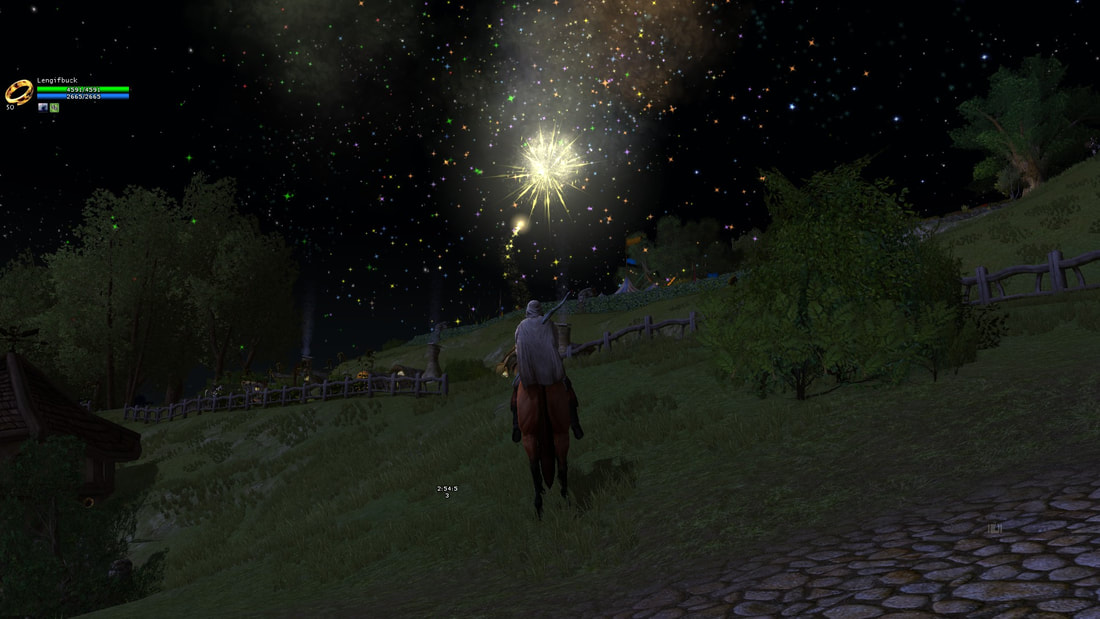
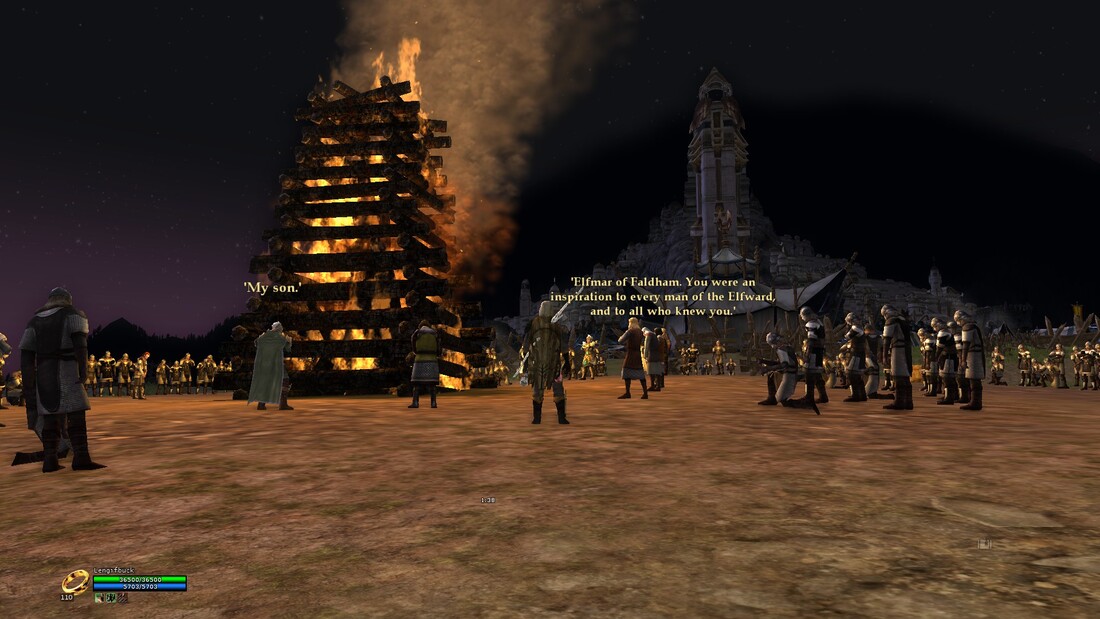
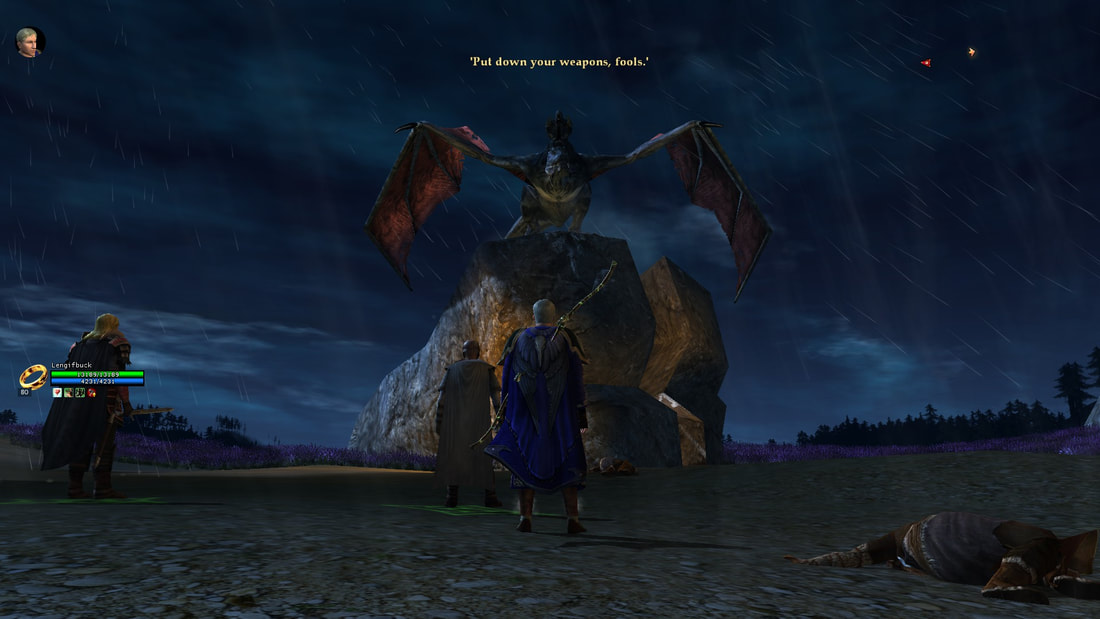



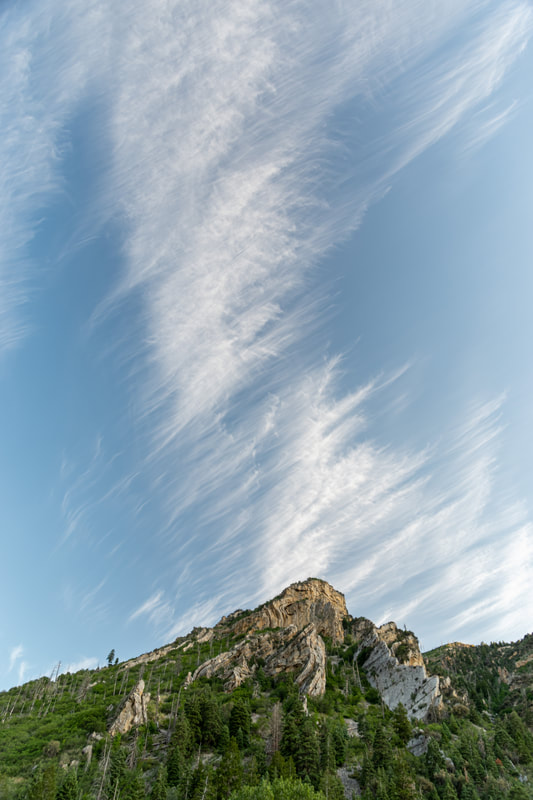
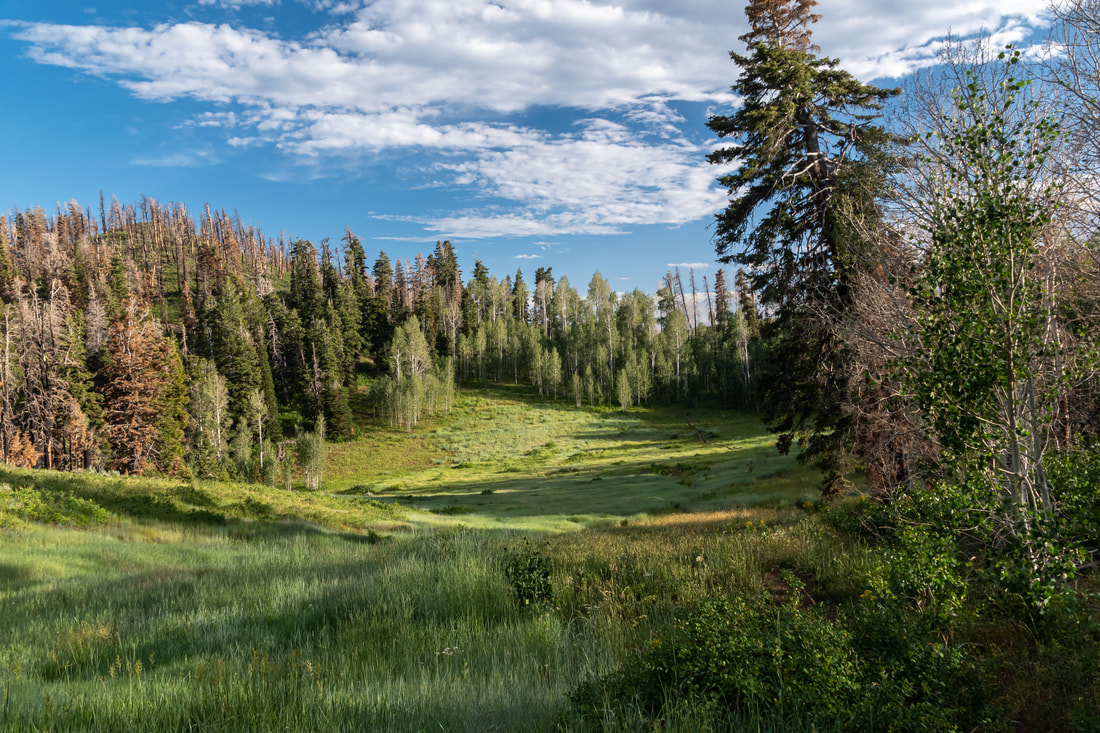

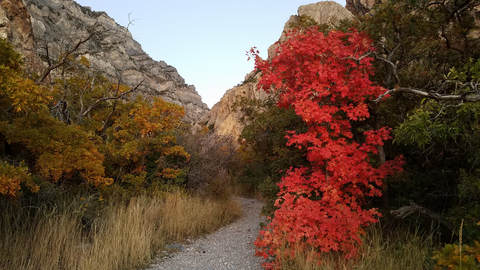

 RSS Feed
RSS Feed
